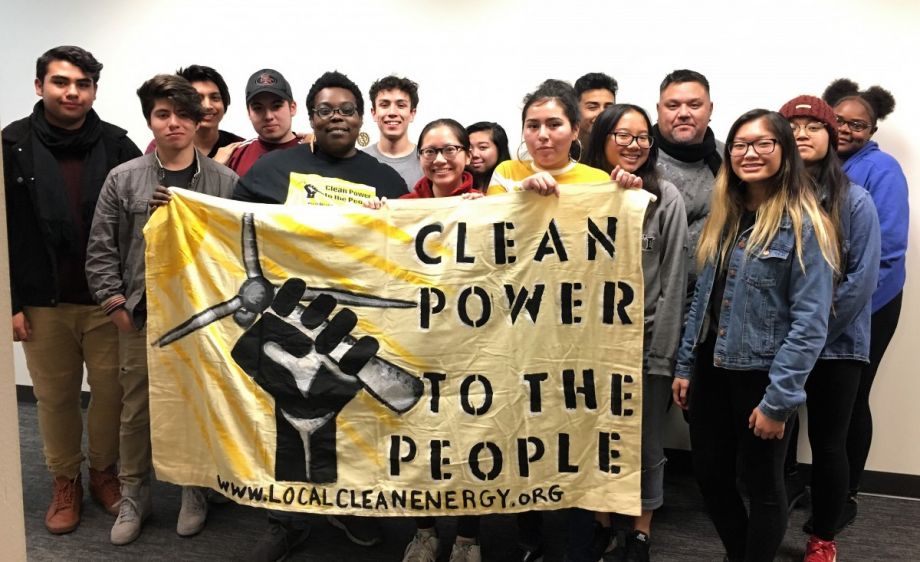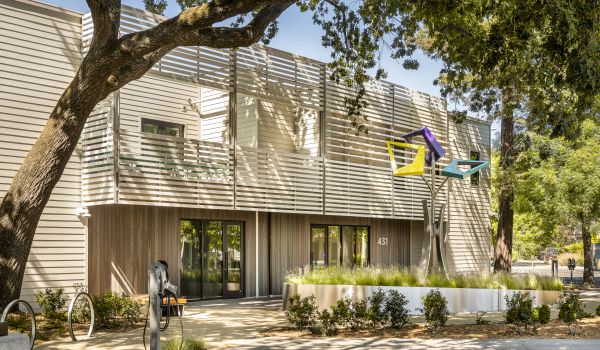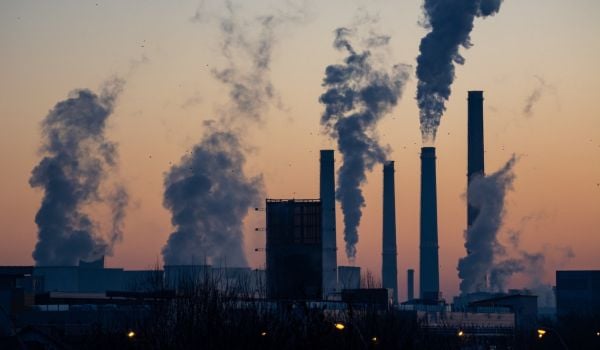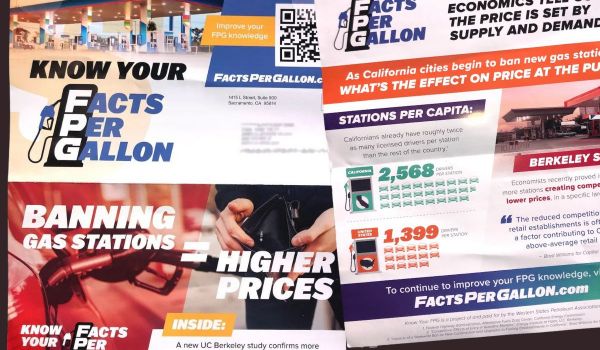To many experts, the 2020 fire season is proof that California is feeling the trickle-down effects of fossil fuel investments by the state’s investor-owned utilities. To exert more local control on the energy grid – in part, to shrink emissions – many California communities have turned to Community Choice Aggregators, which allow communities to buy electricity “in bulk” from greener providers. These programs often don’t require running new electric poles or installing new infrastructure. Instead, communities say they want energy from a cleaner source, form a public energy management agency, and voila, customers’ electric bills go to paying solar and wind farms instead of fossil-fuel plants.
Unlike “customer choice” systems in other states, community choice in California opts in an entire municipality, allowing low-income residents as well as wealthier ones to also benefit from greener, cheaper energy. In total, 21 of these programs have cropped up in California since the state legislature enabled Community Choice Aggregation in 2002. The largest increase in these programs came following the legislature outlining the rights of these programs in 2011, and statewide these programs now serve 10 million Californians.
In the Bay Area, the Local Clean Energy Alliance successfully lobbied for the creation of East Bay Community Energy, a public agency that buys clean power and sells it to customers in 11 cities in Alameda County at a cost lower than what Pacific Gas & Electric (PG&E), which serves 15 million people in northern and Central California, charges. East Bay Community Energy says that its discounts have saved customers $8 million in 2019, while the agency’s excess revenue – $300,000 since its 2018 launch — has been reinvested into Bay Area nonprofits and, now, into COVID-19 relief grants.
It’s successes like these that make Local Clean Energy Alliance and other allies argue that expanding community choice nationwide could be a pillar of a Green New Deal. A publicly run power agency provides everything “from environmental justice benefits to economic justice benefits to social justice benefits because you can control your own energy procurement system,” says Local Clean Energy Alliance coordinator Al Weinrub. Revenue generated by community choice aggregators, in addition to actively investing in the revitalization of distressed communities, can support local solar, net metering programs, and solar battery storage installations. This can provide climate-friendly upgrades to low-income communities of color while also employing some of those same residents.
But a number of factors threaten to derail community choice aggregators like East Bay Community Energy. The 1.5 percent discount that East Bay Community Energy originally offered is now only available through its most competitive – and least green – energy package. According to Jessica Tovar, Local Clean Energy Alliance’s energy democracy organizer, overall savings for most customers now come closer to one percent.
Much of East Bay Community Energy’s growing non-competitiveness is due to the power charge indifference adjustment, a fee added to community choice customers’ electric bills to compensate California’s investor-owned utilities for the lost business. Community choice aggregators must reduce their profits to remain competitive enough to keep customers from opting back into their investor-owned utility. Some community choice programs even increase their dependence on cheaper, less green energy sources to stay competitive. For example, East Bay Community Energy offers two cheaper electricity plans that have increasing amounts of large hydroelectric energy. Though large hydroelectric energy is carbon-neutral, California’s Renewable Portfolio Standard doesn’t consider it an eligible renewable energy source. Because so many large utilities in the state use large hydroelectric energy, there was concern that investment in large hydroelectric energy would discourage growth of other renewables, like solar and wind energy.
The Local Clean Energy Alliance sees the fee as a push from investor-owned utilities to stifle the growth of community choice aggregators. The California Public Utilities Commission says the fee “is the mechanism to ensure that the customers who remain with the utility do not end up taking on the long-term financial obligations the utility incurred on behalf of now-departed customers.” (PG&E said through a spokesperson that “the California Public Utilities Commission (CPUC) and Federal Energy Regulatory Commission (FERC) regulate PG&E and determine the rates it can charge its customers to recover the costs needed to provide safe and reliable service.”)
With an increased power charge indifference adjustment added onto customers’ bills, community choice programs, like East Bay Community Energy, had to lower their profits to offer customers the same prices. Lower profits for community choice programs also mean less money available to build local clean energy resources.
This financial pressure on community choice programs, like East Bay Community Energy, impedes the economic growth that fuels what Tovar dubs the East Bay’s “local Green New Deal.” Should East Bay Community Energy and other community choice aggregators flounder, Tovar sees it as a lost example of how the Green New Deal is enacted locally.
On the other hand, California community choice aggregators have an advantage. California’s community choice law also allows communities to produce their own green energy, something East Bay Community Energy hopes to do eventually. This would create a source of publicly owned, carbon-free electricity — and, says Tovar, “create jobs to keep wealth in the community.”

Chad Small is a New York City based freelance reporter who principally covers community-led and policy-driven solutions to the climate crisis, as well as the economic, social, and public health effects of Environmental Racism. His work has appeared in Gothamist, Blavity: Politics, Reasons To Be Cheerful, and other publications. He is also a former New Economies Reporting Project‘s Finance Solutions Fellows with the New Economy Coalition.
















